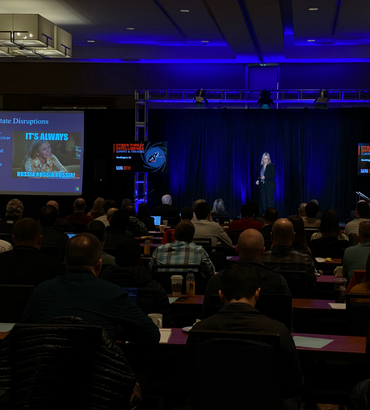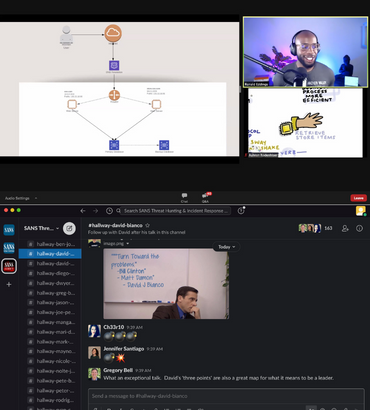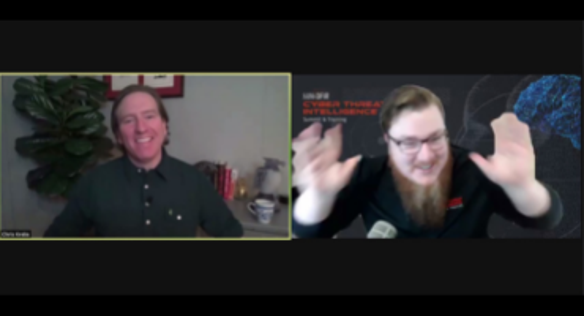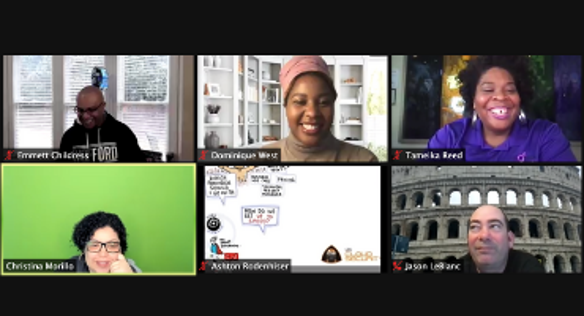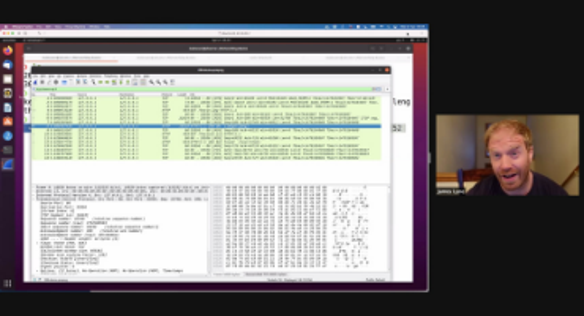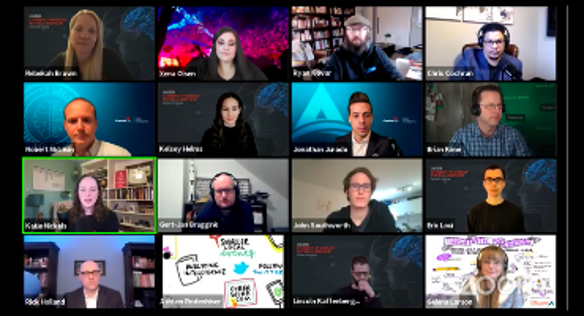About SANS Summits
No matter your background or skill level, SANS Summits give you the chance to learn, connect, and share with cybersecurity professionals from around the globe.
Enjoy world-class content from industry practitioners on the frontlines, and walk away with actionable information, a fresh perspective, and new tools that you can immediately leverage in your work to protect your organization from ever-evolving threats.
Choose Your Experience
Cyber Security Summit Speakers
At a Summit, you'll connect with active cyber security practitioners and industry experts that deliver applicable content based on real-world experience.
Speakers and presentations are reviewed and selected by the Summit chair(s) and an advisory board to ensure the material presented gives attendees actionable information they can implement immediately upon returning to their organizations.
Are you interested in becoming a Summit Speaker?
Level Up Your Expertise
What Attendees Say
Exclusive Networking Opportunities
In addition to in-depth discussions, you'll have the chance to engage with leading experts, SANS instructors, and your peers in the community. Attendees tell us time and again that one of the greatest takeaways from SANS Summits is the many industry connections they forge or deepen during their time with us.
Boost Your Expertise with a SANS Course
SANS courses are taught by experienced practitioners who are among the best cyber security instructors in the world. They will provide you with the knowledge and skills you need to defend your organization. Explore the Training Roadmap to find the right courses for your immediate cyber security skill development.
Upcoming Cyber Security Summits
| Event | Location | Dates |
|---|---|---|
London, UK | Summit: Apr 15 | |
| Virtual | Free Forum: Thursday, April 25 | |
Munich, DE | Summit: May 12 Training: May 13-18 | |
Virtual | Summit: Thursday, May 16 | |
Virtual | Summit, May 31 | |
Orlando, FL & Virtual | Day 0: June 16 Summit: June 17-18 Training: June 19-24 | |
Neurodiversity in Cybersecurity Summit | Virtual | Summit: Thursday, June 27 |
Amsterdam, NL | Summit: July 21 Training: Jul 22-27 (virtual options available) | |
Norfolk, VA & Virtual | Summit: Aug 1-2 | |
Digital Forensics & Incident Response (DFIR) Summit & Training | Salt Lake City, UT & Virtual | Summit: Aug 22-23 Training: Aug 24-29 |
Tokyo, Japan & Virtual | Summit: Sept 6 Training: Sept 9 - 14 | |
Prague, CZ | Summit: Sept 29 Training: Sept 30-Oct 5 | |
Denver, CO & Virtual | Summit: Sept 30-Oct 1 Training: Oct 1-7 | |
Hollywood, CA & Virtual | Summit: Oct 28-29 |
Summit Resources
Choose Your Experience
Join us In-Person for the full summit experience
- Technical talks, demos, and panel discussions – Presenters will share proven techniques, tools, and capabilities to help you expand your skillset and better inform your organization’s defenses.
- Exclusive networking opportunities - Network with leading experts and your peers, tackling the same hard-to-solve problems.
- Hands-on workshops and CTF’s (Available at Select Summits) – Led by SANS instructors and course authors, these extended sessions will give you the chance to get practical experience within a specific focus area.
- Evening social events – Enjoy food and drinks in an exclusive environment you can’t find anywhere else.
- Solutions track and Sponsor Area (NA Only, Available at Select Summits) – Meet with cybersecurity solution and tool providers throughout the Summit and learn how to leverage their products within your environment.
- Attend in-person and earn CPE credits - Not only does your participation help you meet the criteria to renew your certifications, but you'll also be taking advantage of free learning opportunities that help you stay ahead of the curve and contribute to a safer community.
- Full access to approved Summit recordings and presentations
Attend a Summit Live Online for Free to Access:
- Highly technical talks, demos, and panel discussions – Presenters will share proven techniques, tools, and capabilities to help you expand your skillset and better inform your organization’s defenses.
- Interactive live chat – Connect with fellow professionals in your field from around the world.
- Attend live and earn CPE credits - Not only does your participation help you meet the criteria to renew your certifications, but you'll also be taking advantage of free learning opportunities that help you stay ahead of the curve and contribute to a safer community.
- Access to approved Summit recording and presentations
For Summit enquiries in Europe, Middle East, and Africa (EMEA) please contact: summitemea@sans.org
For Summit enquires in Asia-Pacific (APAC) please contact: summitapac@sans.org

